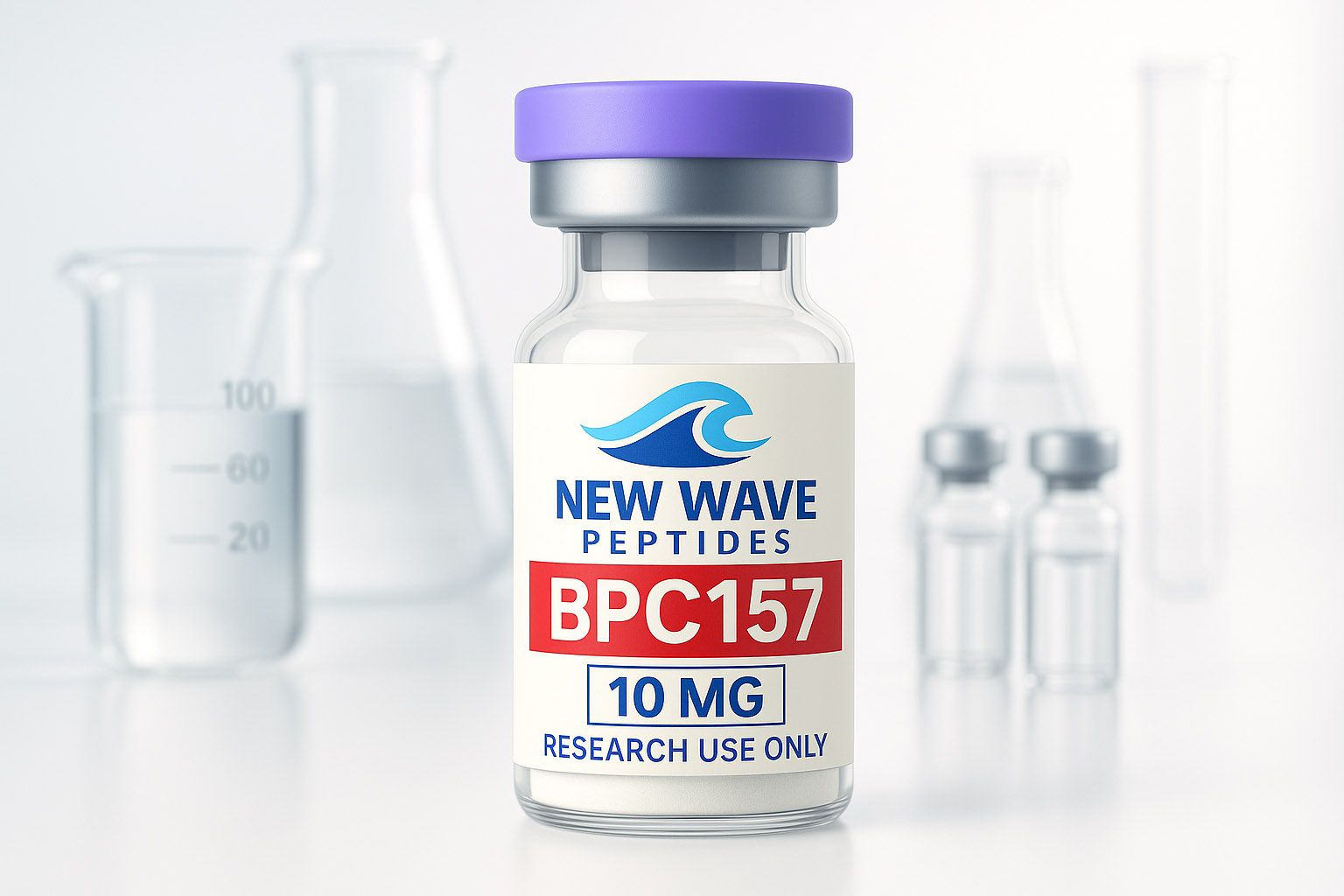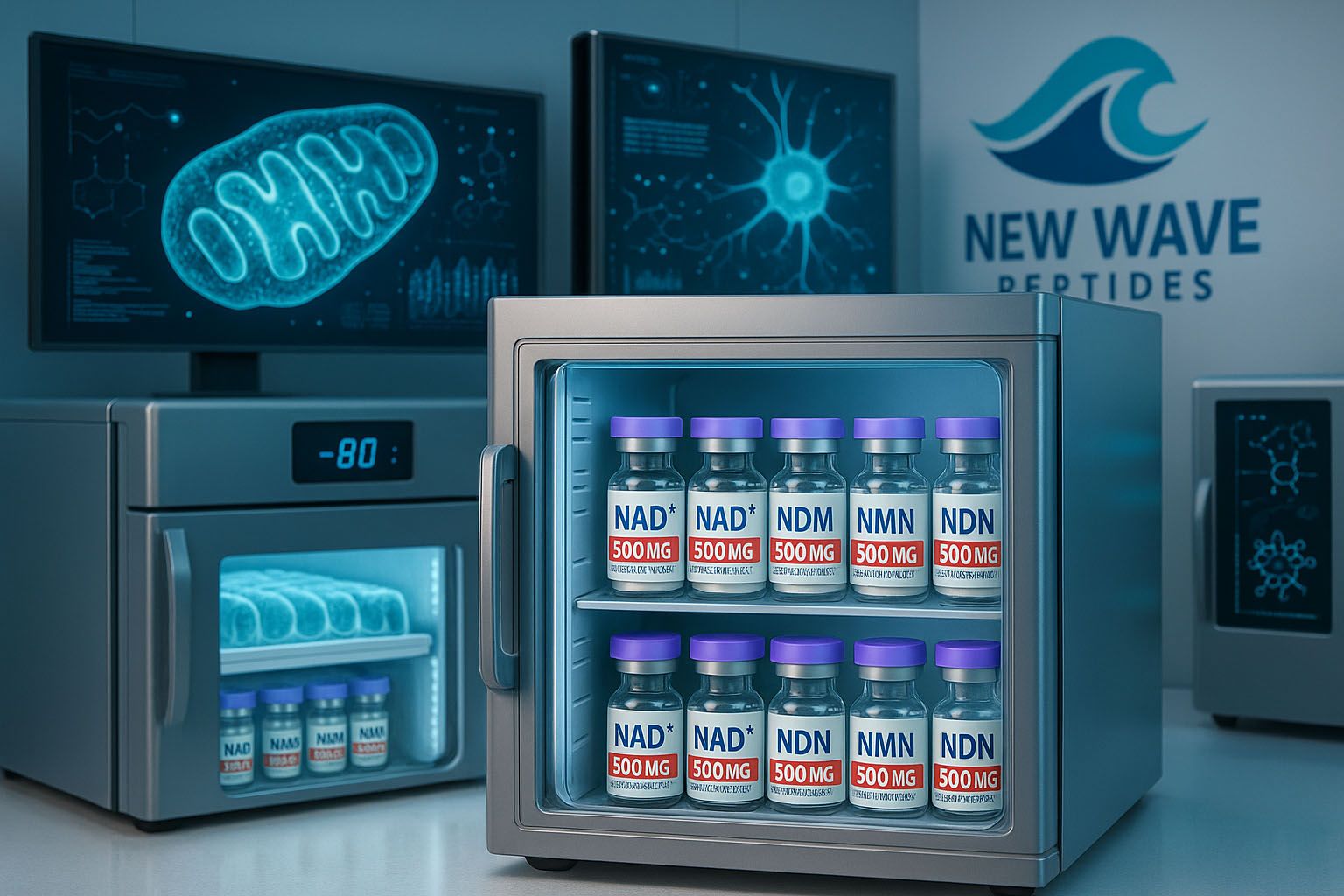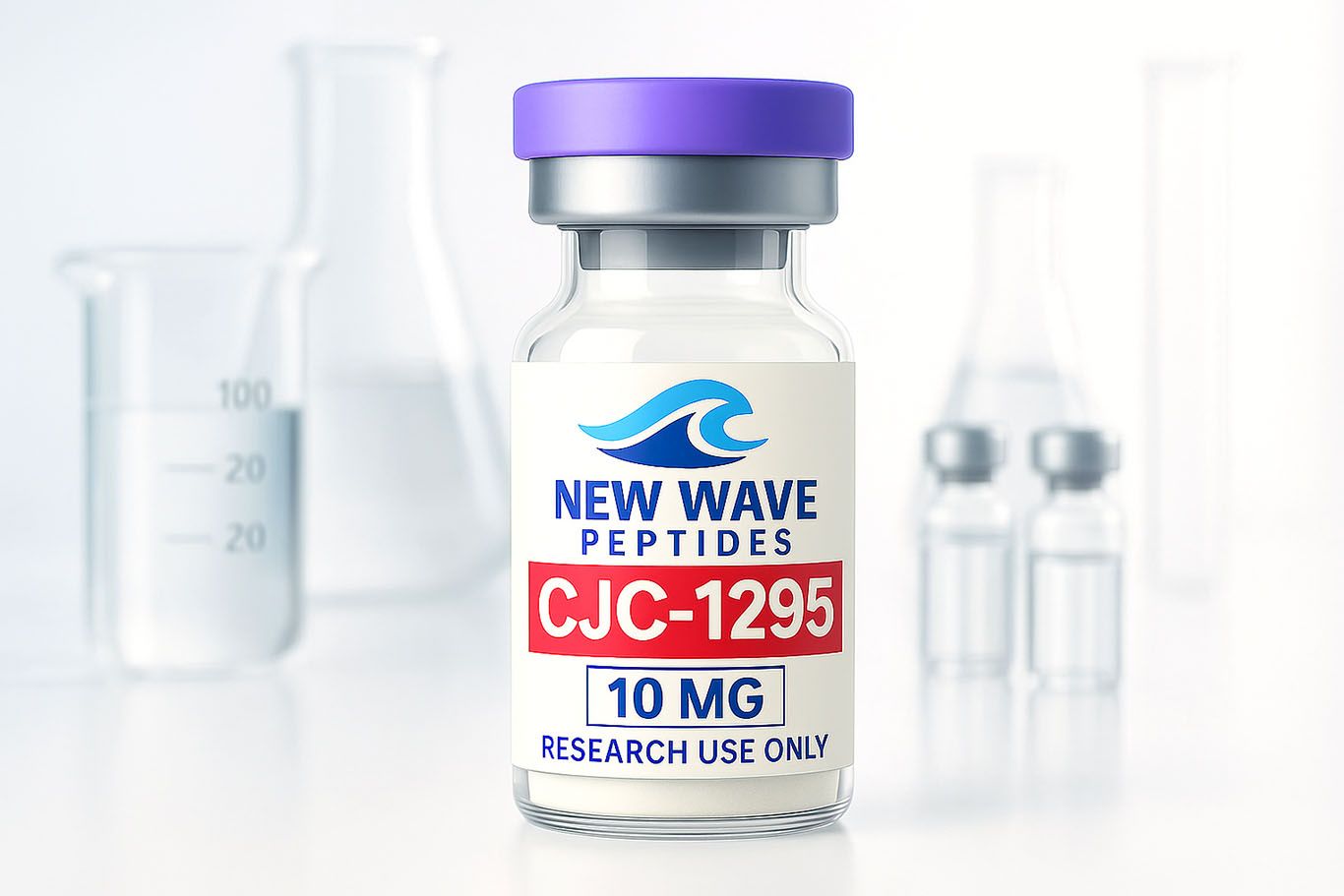
DSIP Peptide: How Researchers Use it in Lab Studies
DSIP (Delta Sleep-Inducing Peptide) is a synthetic neuropeptide studied in lab models for its potential role in sleep regulation, stress adaptation, and hormone modulation. Though not approved for human use, DSIP remains of interest in preclinical research involving circadian rhythms, endocrine function, and neurological recovery. This article explores how DSIP is applied in scientific studies and what researchers are learning from it.

Research Peptides: Functions and Laboratory Use Overview
Research peptides are short chains of amino acids studied in laboratory settings for their diverse roles in cellular signaling, regeneration, metabolism, and endocrine function. While not approved for medical use, they are widely used in preclinical studies across numerous biological systems. This overview highlights the key functions and common research applications of over 20 well-known peptides.

The Wolverine Stack: Researchers Studying BPC-157 and TB-500
Research peptides are short chains of amino acids studied in laboratory settings for their diverse roles in cellular signaling, regeneration, metabolism, and endocrine function. While not approved for medical use, they are widely used in preclinical studies across numerous biological systems. This overview highlights the key functions and common research applications of over 20 well-known peptides.

How Researchers Use BPC-157 in Lab Studies
BPC-157 is a synthetic peptide gaining traction in the scientific community for its potential role in tissue regeneration, inflammation control, and vascular repair. While not approved for human use, it continues to be studied in preclinical models across various disciplines. In this article, we explore how researchers are using BPC-157 in laboratory settings, its areas of application, and best practices for storage and handling — all within a strictly research-focused framework.

Using TB-500 in Lab Studies (and How It Compares to BPC-157)
TB-500 is a synthetic version of thymosin beta-4, a peptide studied in lab models for its potential role in wound healing, inflammation regulation, and cell migration. While not intended for human use, TB-500 has become a key focus in regenerative research involving muscle, tendon, and nerve repair. This article explores how TB-500 is used in laboratory settings, its mechanisms of action, and how it compares to another widely studied peptide — BPC-157

Maximizing Peptide Stability: Lab Storage Techniques
BPC-157 is a synthetic peptide gaining traction in the scientific community for its potential role in tissue regeneration, inflammation control, and vascular repair. While not approved for human use, it continues to be studied in preclinical models across various disciplines. In this article, we explore how researchers are using BPC-157 in laboratory settings, its areas of application, and best practices for storage and handling — all within a strictly research-focused framework.

Researchers Use of NAD+ in Lab Studies — How It Compares to NMN
NAD+ (Nicotinamide Adenine Dinucleotide) is a vital molecule in energy metabolism and cellular repair, often studied in models of aging, neuroprotection, and mitochondrial function. As interest grows in longevity and metabolic health research, scientists also examine NAD+ precursors like NMN to assess their effectiveness in raising NAD⁺ levels. This article explores how NAD⁺ is used in lab studies and how it compares to NMN in terms of research application and cellular impact.

CJC-1295 Research in Lab Studies: A Comprehensive Overview
CJC-1295 is a synthetic growth hormone-releasing hormone (GHRH) analog studied in lab environments for its potential to enhance endogenous growth hormone (GH) and IGF-1 secretion. With its extended half-life and ability to support tissue regeneration, recovery, and metabolic function, CJC-1295 remains a key compound in endocrine and performance-related research. This article explores its laboratory use, mechanisms of action, and how it compares to related peptides.

